Yoga Therapy: the art of supporting the natural healing process
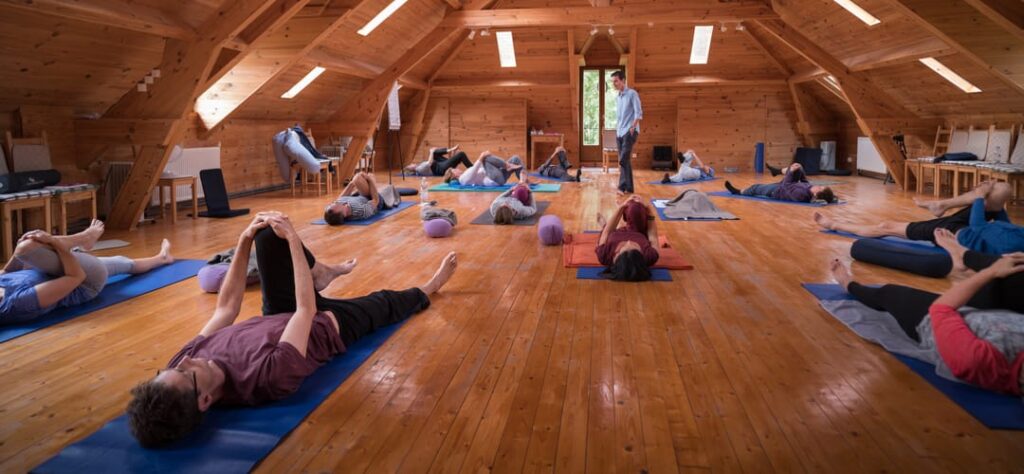
The discipline of yoga is whole and indivisible. However, it allows five different approaches to be distinguished.
These five approaches should in no way be confused with the different schools of yoga, the appearance of which is relatively recent in the history of this practice. Traditionally, yoga is a: a discipline that meets the diverse physical, physiological, emotional and spiritual needs of individuals of all ages. To this end, the teacher-therapist knows how to migrate surely but imperceptibly between five approaches. This pedagogical fluidity allows him to adapt yoga to each individual, wherever they are on their unique life path.
This article will discuss the therapeutic approach in yoga, the cikitsa krama.
Other approaches include:
promoting optimal growth;
the development of endurance and strength in adolescents;
maintaining existing health;
Spirituality.
The teacher-therapist will know how to apply and dose tools such as posture, breathing and meditation; intensifying or adapting them depending on the chosen approach.
Cikitsa Krama: therapeutic yoga
I would like to talk here about the importance of observing the individual. Yoga therapy will only be effective if we provide the right solutions at the right time.
This article mainly deals with therapy on a physical level, we will talk more specifically about emotional therapy in a future article.
The healing process generally follows four stages. Yoga therapy wonderfully supports a natural process, allowing an active experience for the practitioner who wishes to take charge, unlike passive care systems.
The first stage is that of acute suffering. Here we find, for example, joint blockage, osteoarthritis or lumbago.
The body naturally seeks to recover through rest, and in yoga, we will simply accompany the body's request. Rest will be favored by lengthening the exhalation, visualizations, and massage. Very short practices will be repeated two to three times a day.
When we arrive at the second stage of healing, the suffering is eased but the person remains fragile. Very gently, it involves very respectfully soliciting the area that was painful. Well-chosen postures will create micro-movements. It is the beginning of a return to freedom.
Arriving at the third stage, the person no longer suffers. She has already found a certain ease in the movement. She will be able to return to her work and other activities.
And for her yoga practice, it’s the “rehabilitation” phase. The therapist will choose the postural function that will correct the cause of the problem. The practice will prepare one or two main postures which will relate to this corrective function.
Fourth and final step: the person is completely rested and rebalanced, they are ready to tackle muscle strengthening. At this stage, the practice will require more endurance, and it will strengthen the weakened area very precisely.
It is obvious that these four steps can only be applied in individual lessons, this context allowing a real personalization of the practice, a time for discussion and a precise diagnosis. The individual course also allows the therapist to best assume his role as “taxi driver”, who will accompany his client where he wants to go, without imposing his own choice of destination.
Related posts
Yoga Therapy: the art of supporting the natural healing process
The discipline of yoga is whole and indivisible. However, it allows five different approaches to be distinguished. These five approaches should in no way be confused with the different schools of yoga, the appearance of which is relatively recent in the history of this practice. Traditionally, yoga is a: a discipline that meets the various needs […]
Yoga and emotional health: overcoming the identity crisis
According to yoga philosophy, the greatest challenge for human beings is to confront their own identity crisis. Do we know each others ? Our impoverished relationships with ourselves are characterized by a lack of listening, abandonment and respect for our intuition. Our real identity remains unknown to the majority of […]
Yoga Sutra
Yoga sutra I.1: atha-yoganusasanam This first sutra places yoga in the philosophical category “anusanam”, that is to say the category of experience. It is therefore not a question of theories to ruminate on, but of something to live. But what is the experience to which Patanjali devotes this detailed and profound work? It is not a physical experience, since only […]





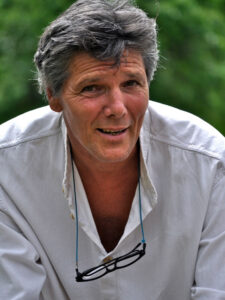 Éric Laudière is a practitioner and trainer in the field of psychogenealogy and family constellations.
Éric Laudière is a practitioner and trainer in the field of psychogenealogy and family constellations. Julia
Julia As a visceral and digestive surgeon, Pascal is accustomed to caring for others, but when he reached his forties, he faced his own health challenges.
As a visceral and digestive surgeon, Pascal is accustomed to caring for others, but when he reached his forties, he faced his own health challenges. Géraldine Rincheval discovered Yoga 16 years ago, during her first pregnancy. This decisive moment marked the beginning of a deep relationship with Yoga, a discipline that has accompanied her throughout her life.
Géraldine Rincheval discovered Yoga 16 years ago, during her first pregnancy. This decisive moment marked the beginning of a deep relationship with Yoga, a discipline that has accompanied her throughout her life. 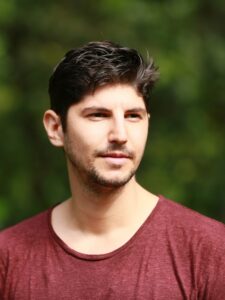 Osteopath and Trainer. Charbel helps therapists make their activities profitable, financially, on the effectiveness of their treatments and on their personal development.
Osteopath and Trainer. Charbel helps therapists make their activities profitable, financially, on the effectiveness of their treatments and on their personal development.  Philippe Pire has been a physiotherapist and osteopath based in Brussels for 38 years.
Philippe Pire has been a physiotherapist and osteopath based in Brussels for 38 years.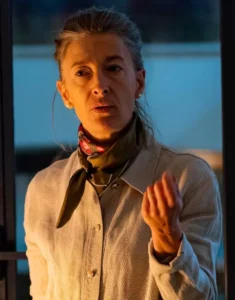 After a diploma in History and the Art Market, and nearly 15 years as a sales manager in the tertiary sector, Sabine completed a CAP in cooking and worked in several restaurants, including 1 Michelin star.
After a diploma in History and the Art Market, and nearly 15 years as a sales manager in the tertiary sector, Sabine completed a CAP in cooking and worked in several restaurants, including 1 Michelin star. André, a Mezierist physiotherapist, has long had a spiritual quest to enlighten his path.
André, a Mezierist physiotherapist, has long had a spiritual quest to enlighten his path. Valérie encountered yoga in 2007 and without her teachers clearly suggesting it, she was immediately sensitive to the practice of breathing and in particular Ujjuyi. Also, when she discovered the teachings of Marc Beuvain in 2015, she was deeply touched by his pedagogy and his approach. She was thus able to clearly understand that breathing was a key to the practice.
Valérie encountered yoga in 2007 and without her teachers clearly suggesting it, she was immediately sensitive to the practice of breathing and in particular Ujjuyi. Also, when she discovered the teachings of Marc Beuvain in 2015, she was deeply touched by his pedagogy and his approach. She was thus able to clearly understand that breathing was a key to the practice. I am a father of two little girls. I am 47 years old living in Brussels and working in the digital field.
I am a father of two little girls. I am 47 years old living in Brussels and working in the digital field. A pharmacist by training, Julie is interested in health and well-being in general.
A pharmacist by training, Julie is interested in health and well-being in general.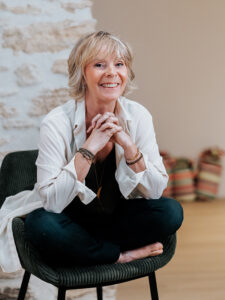 A former high-level athlete, Valérie encountered yoga in 1999 when she was looking for a physical activity devoid of competition and judgment while being passionate about subjects around personal development.
A former high-level athlete, Valérie encountered yoga in 1999 when she was looking for a physical activity devoid of competition and judgment while being passionate about subjects around personal development. Julie has always been interested in health. She obtained a doctorate in Biology in 2011 and was interested in various human pathologies such as Tuberculosis and Malaria.
Julie has always been interested in health. She obtained a doctorate in Biology in 2011 and was interested in various human pathologies such as Tuberculosis and Malaria. Frédérique has always been interested in health, wellness and natural therapies.
Frédérique has always been interested in health, wellness and natural therapies. Céline has been practicing yoga since 2008. She underwent initial teaching training between 2015 and 2019, began teaching and, at the same time, crossed paths with Marc Beuvain during a conference in Paris. Marc's vision of yoga challenges her, provokes her and touches her deeply. The first seeds are sown…
Céline has been practicing yoga since 2008. She underwent initial teaching training between 2015 and 2019, began teaching and, at the same time, crossed paths with Marc Beuvain during a conference in Paris. Marc's vision of yoga challenges her, provokes her and touches her deeply. The first seeds are sown…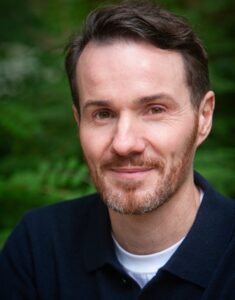 Marc Beuvain has been teaching Yoga for 26 years in France, but also in London, Milan, and Brussels in particular.
Marc Beuvain has been teaching Yoga for 26 years in France, but also in London, Milan, and Brussels in particular.


Post a comment
You must be logged in to post a comment.